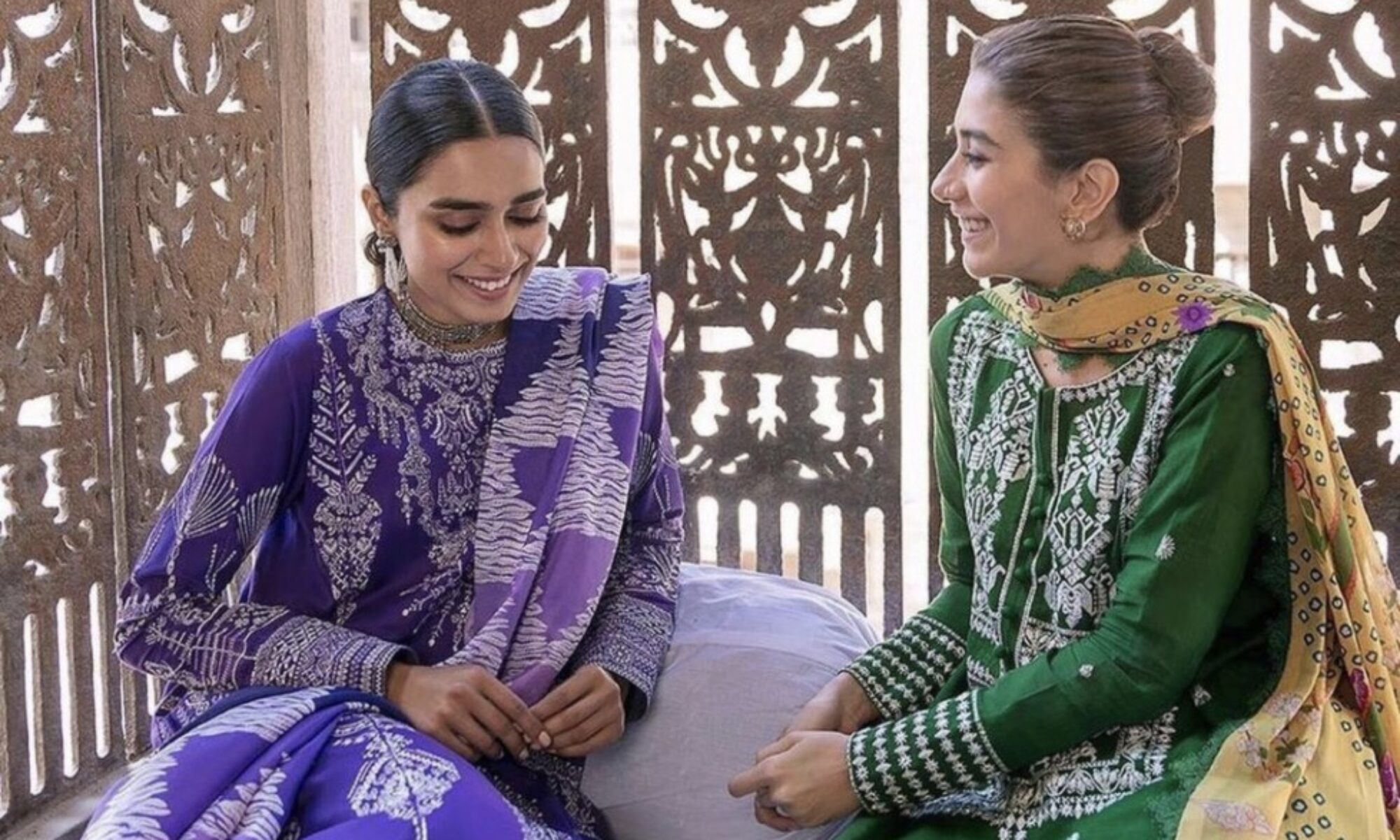Pakistan’s economy has shown steady growth in the last few years. Currently, Pakistan has a mixed economy with state-owned enterprises contributing the most to the GDP. Over the decades, Pakistan’s economy have gone through trial and error to develop a successful economic model. It went from being an Islamic friendly economy, banning interest on loans, to a privatized economy. It’s GDP was heavily dependent on Agriculture as new independent nation until opening other sectors such as trading.
Although Pakistan’s economy is growing, it’s growing at a rate of 2% per capita annually. A few factors that play into it’s slow progress is the high population growth versus the output per capita. More than 50% of Pakistan’s population lives below poverty line countering it’s economic growth. Despite this factor, there’s an annual increase in growth which demonstrates Pakistan’s potential to thrive.
For the Fiscal Year 2020, Pakistan entered a 39 month IMF-Extended Fund facility. This move was intended to improve imbalances and macroeconomic stability. Due to COVID-19, the economy suffered a setback in the late FY20 which result in a 1.5% contraction for the GDP. The domino effect had led to a 5.4% increase in poverty due to a loss in jobs .Despite the set back, FY21 shows promise with an increase of private consumption, investment and machinery imports.

(theeconomist.com) . (2014, February)



